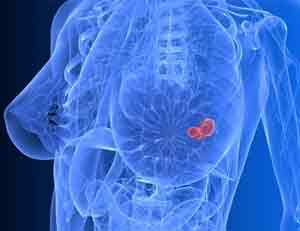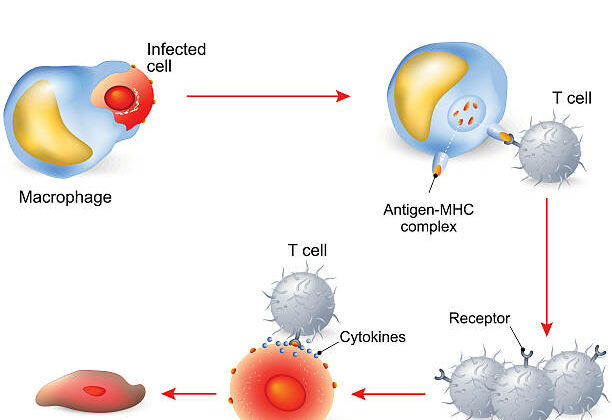A Green Living Environment Increases Physical Activity and Can Support Heart Health
Researchers from the University of Oulu and Oulu Deaconess Institute Foundation sr (ODL) examined, for the first time, the connections between the greenness of residential environments, physical activity, and heart rate variability. According to the study, green environments increase the amount of light physical activity, especially. Heart rate variability, on the other hand, was greater with more accumulated physical activity.
The study involved 5,433 individuals belonging to the Northern Finland Birth Cohort 1966 (NFBC 1966), who were 46 years old at the time of the study. Their heart rate variability, which describes cardiac autonomic regulation, was measured using a heart rate monitor, and their daily physical activity was monitored with a Polar Active accelerometer worn on the wrist for two weeks. Data on the greenness of the residential environment within a one-kilometer radius of their homes were collected using a satellite-based method. The participants had lived in their residential environments for at least three months.
“Our research results show that green residential environments increase physical activity in both men and women. Light physical activity, in particular, is emphasized in green environments,” says the lead researcher, Maija Korpisaari, a doctoral researcher at the University of Oulu and Oulu Deaconess Institute Foundation sr (ODL), Department of Sports and Exercise Medicine.
Green, natural residential environments are known to have a diverse connection to health and well-being, and the relationship between natural environments and factors such as stress has been extensively studied. However, the simultaneous connections between the greenness of residential environments, physical activity, and heart rate variability have not been studied previously.
“We observed a dose-response relationship between physical activity and heart rate variability, meaning that heart rate variability was greater with more light or moderate physical activity, regardless of the greenness of the environment,” Korpisaari continues.
Heart rate variability reflects the autonomic regulation of the heart. Reduced heart rate variability can indicate factors such as stress or certain illnesses. It also predicts mortality in various heart diseases, according to previous research.
The observations made by the researchers encourage engagement in light to moderately intensive physical activity since both appeared to have a positive effect on heart rate variability. “Reducing sedentary behavior and increasing light physical activity is advisable. Green residential environments are appealing to many for physical activity, but the most important thing is to be active in any environment,” summarizes Korpisaari.
With urbanization, green areas are decreasing, while the importance of easily accessible green areas for the health and well-being of the population is increasing. “In urban planning, green areas should be preserved and expanded, and their accessibility should be ensured. The World Health Organization also recommends that everyone should have access to green areas within a 300-meter radius. This way, everyone could benefit from the health effects of green areas,” says Korpisaari.
The study is part of the interdisciplinary RECIPE project funded by the Academy of Finland, which investigates how urban planning can contribute to the prevention of future pandemics. The project is coordinated by the University of Oulu’s Department of Architecture and is implemented in collaboration with the University of Oulu, Oulu Deaconess Institute Foundation sr (ODL), Department of Sports and Exercise Medicine, and Natural Resources Institute Finland (Luke).
Full bibliographic information
Published on 11/10/2023 by The University of Oulu
Research Publication: Korpisaari M, Puhakka S, Farrahi V, Niemelä M, Tulppo MP, Ikäheimo T, Korpelainen R, Lankila T. Physical activity, residential greenness, and cardiac autonomic function. Scand J Med Sci Sports. 2023 Sep 28.
DOI: 10.1111/sms.14505
Journal Published: Scandinavian Journal of Medicine and Science in Sports
Journal Link: https://www.oulu.fi/en/news/green-living-environment-increases-physical-activity-and-can-support-heart-health





